Published: Saturday 30 November 2024
The Western Front - part 1
A year or so back, I asked Neil if there was anywhere he fancied for our first motorhome trip abroad. He was quick to answer. The Western Front and the 1st world war battle sites. So we booked it, packed it, etc.
When I started writing this, I realised it was going to be a very long post, so I decided to break it up into sections. This first post will be about Poperinge and the three places we visited there. These visits took place on Saturday 9th November 2024.
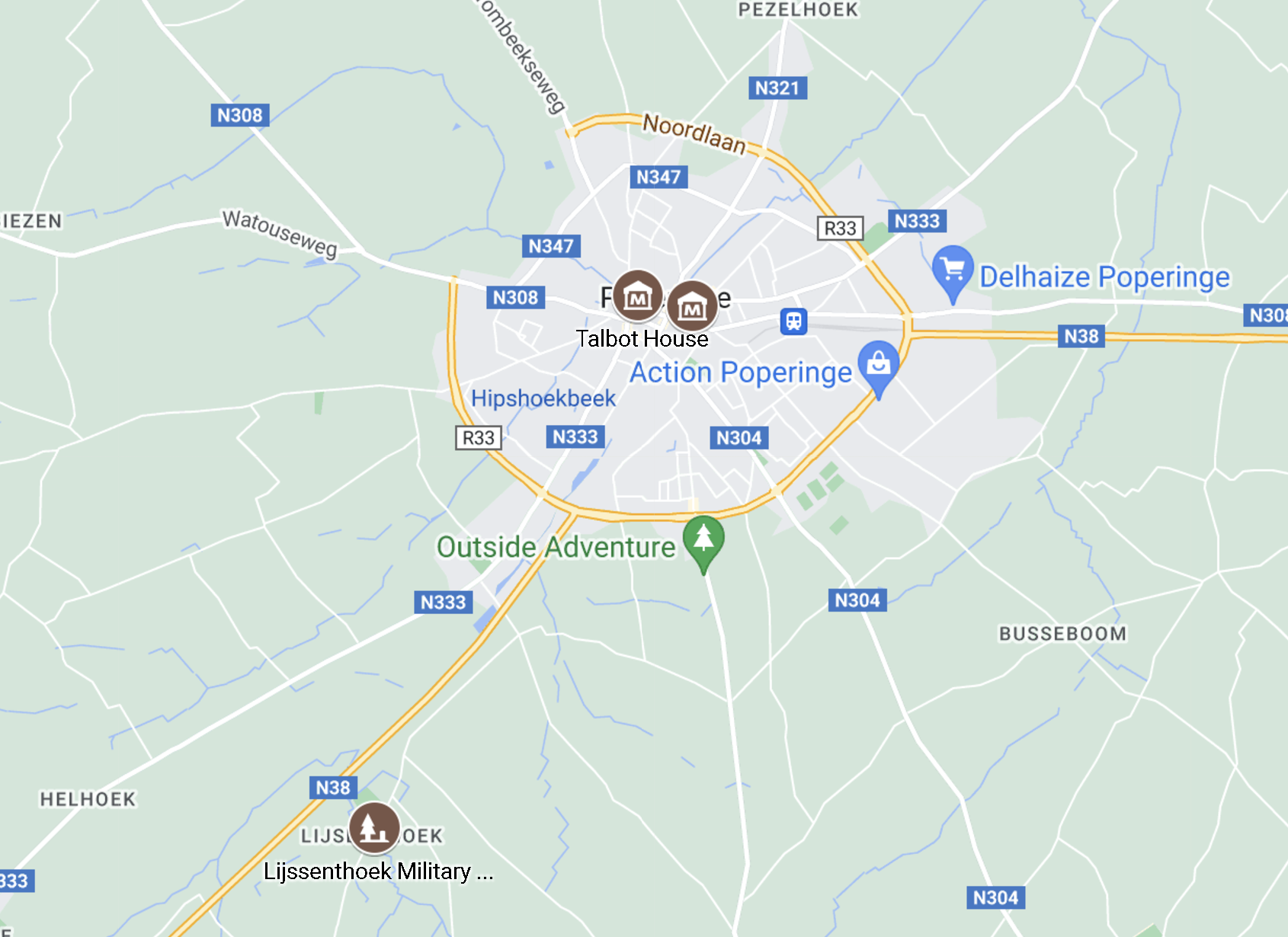
Lijssenthoeke Military Cemetery
Okay, so this probably would have been better left until later in our tour but it happens to be just off the road into Poperinge. Practical details first: there is a car park with plenty of space for motorhomes and coaches. The whole place is wheelchair accessible... though the cemetery is all grass, so my mountain trike was definitely needed. If you want to know more about accessibility, read my Euan's Guide review of Lijssenthoek Military Cemetery. ![]()
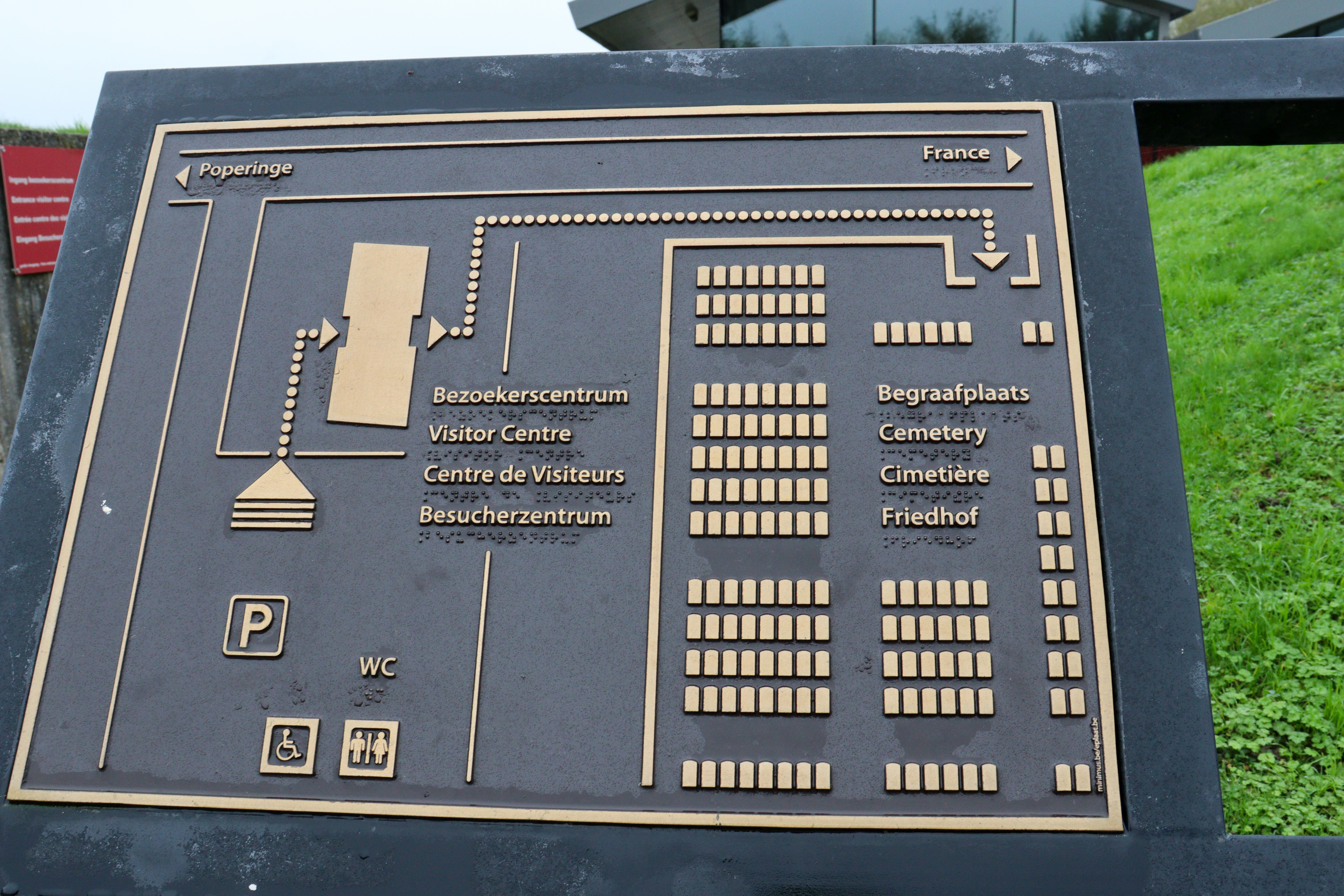
There was more to do and see here than I expected. We could have easily spent several hours reading all the information boards, listening to stories and looking at the photos of fallen soldiers. It all made for very sombre reading!
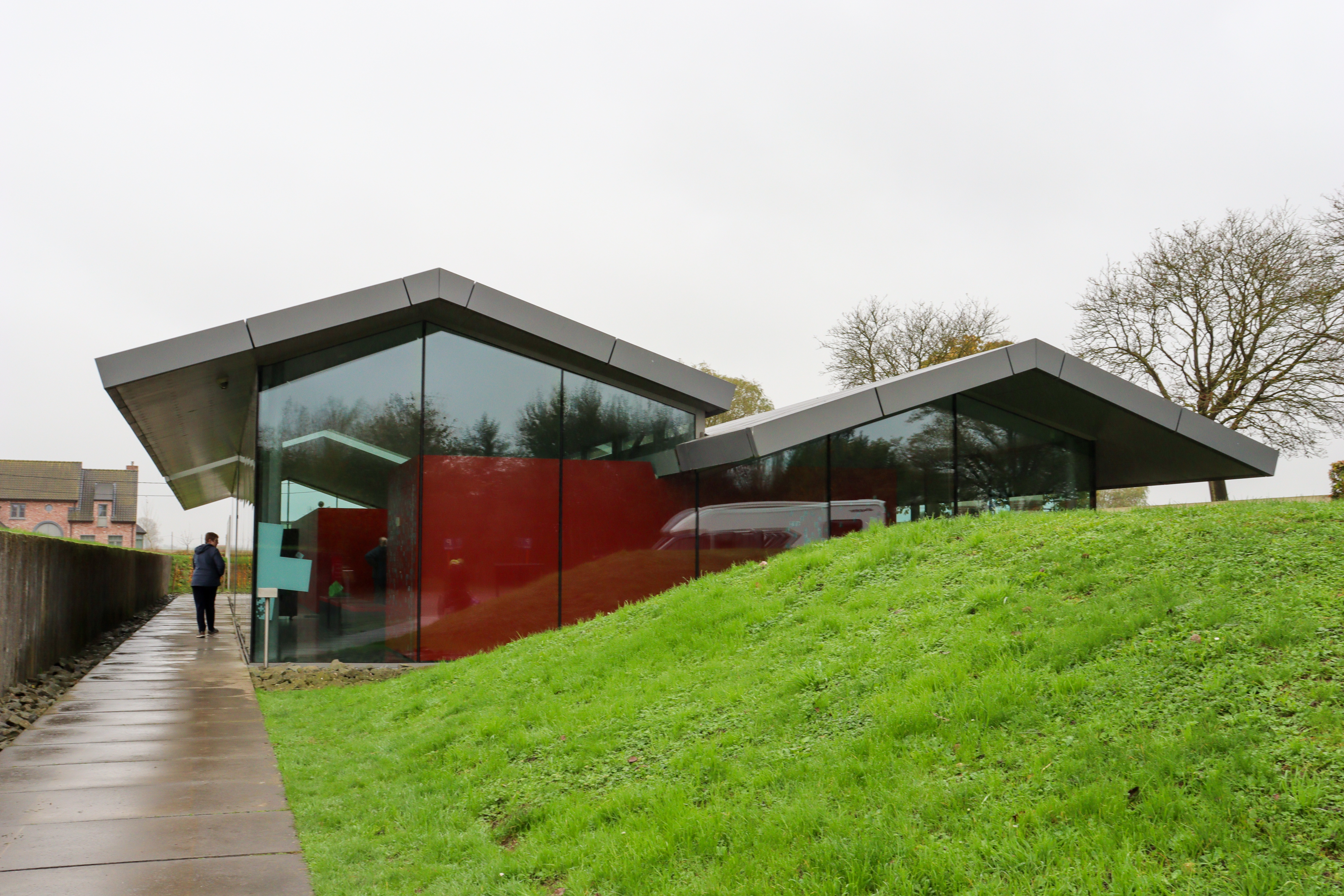
Inside the visitor centre, there are information boards about various aspects of the war. I found the section about military hospitals really interesting. They were far more organised than I would have imagined. From the photos, they looked pretty hygienic and more civilised than I expected too.
I also found the timeline interesting. It showed all the things that happened in the area from the beginning of the war until the early 1920s. It included small details such as a nurse that was killed by shrapnel when a shell hit near the hospital.
The cemetery felt huge. The graves are all alike and are so close together. No space was wasted. There are thousands of them... mostly young men who died between 1914 and 1918. Our local cemetery isn't even that big and that covered two centuries of deaths. It was really striking just how many people were killed. Utterly heart-breaking! And this was just one of many such cemeteries.
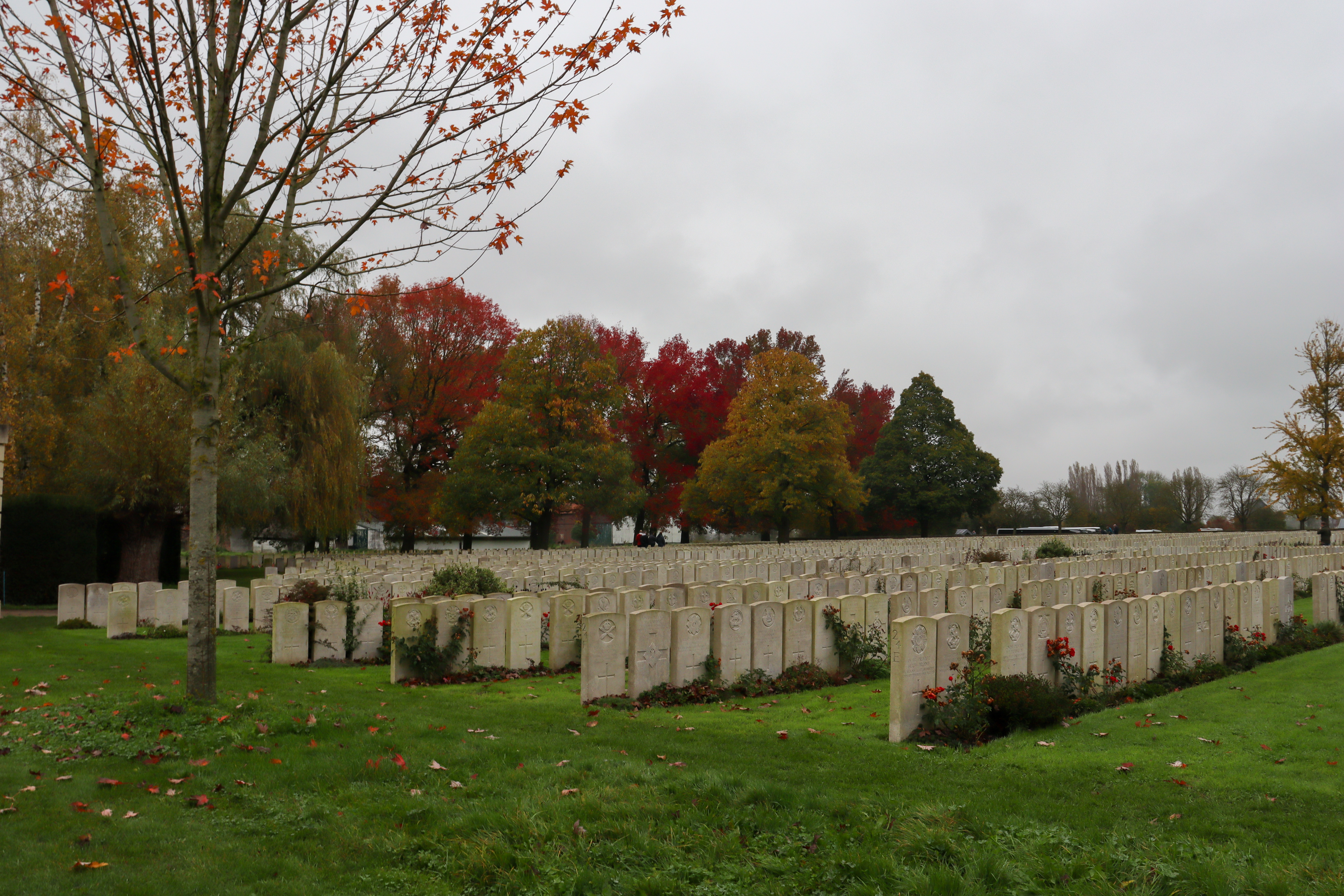
It left me with a question: how did they survive? Not just physically but mentally? Emotionally? Of course, we know that many didn't. But some did, with help and support. Which takes us into the centre of Poperinge to our next site.
Talbot House
I was utterly captivated by the story of Talbot House. It was set up by Rev Tubby Clayton, who saw a need for a place that soldiers could visit when off duty and feel some of the comforts of home. It was a place of hospitality and welcome, where rank and status were left outside and all could enter on an equal footing.

Nowadays, there is also a museum on the site, which tells the story and shows artifacts connected with some of the people who visited Talbot House, or Toc-H, as it became known.

For us, one of the loveliest parts of the visit was the gardens. They were simple and peaceful and just a real oasis. It was easy to understand how soldiers, who had experienced life on the frontline, could come and sit in the gardens, drink tea or coffee, and forget about the horrors of war for a short time.

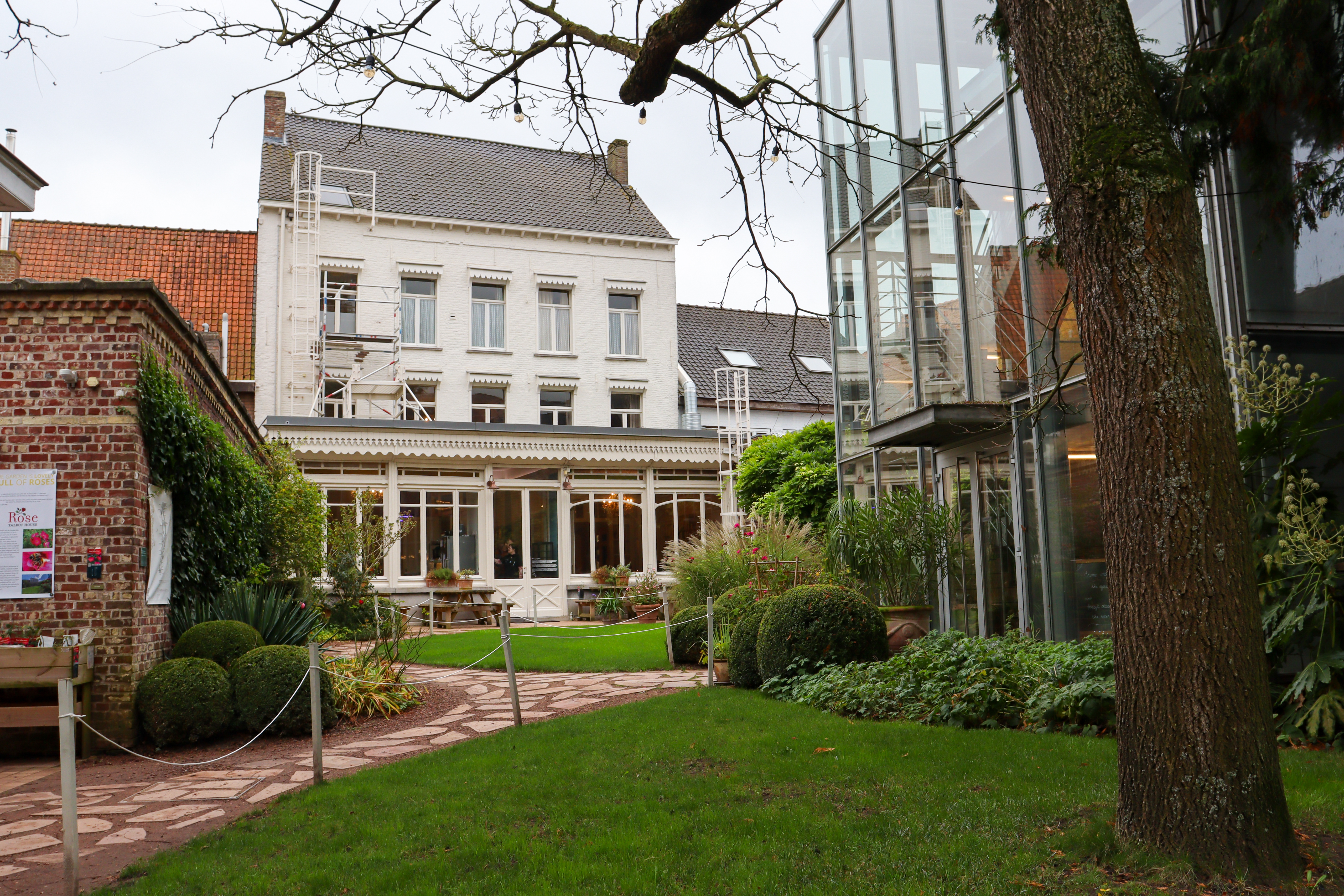
To this day, all visitors to Talbot House are offered a cup of tea or coffee, free and served by volunteers. As it was November and quite chilly when we visited, most visitors sat inside to drink, but we were dressed for outdoors and the gardens were so wonderful that we chose to sit outside for ours.

Euan's Guide review of Talbot House. ![]()
The Death Cells and Execution Place
To come here from the warmth and welcome of Talbot House was like going from one extreme to the other. The death cell is where any soldier sentenced to death would have spent their last night. For most, their crime was desertion. Through trauma and fear, they fled their post, left their trenches and took their chance at life. If caught, they were shot at dawn. It doesn't bear thinking about!

The death cell is cold, dark and gloomy. The walls are carved with the last thoughts and messages from its inhabitants. One had sketched the outline of a cross, indicating perhaps a last grasp at hope or at least faith that life after death would offer something better.
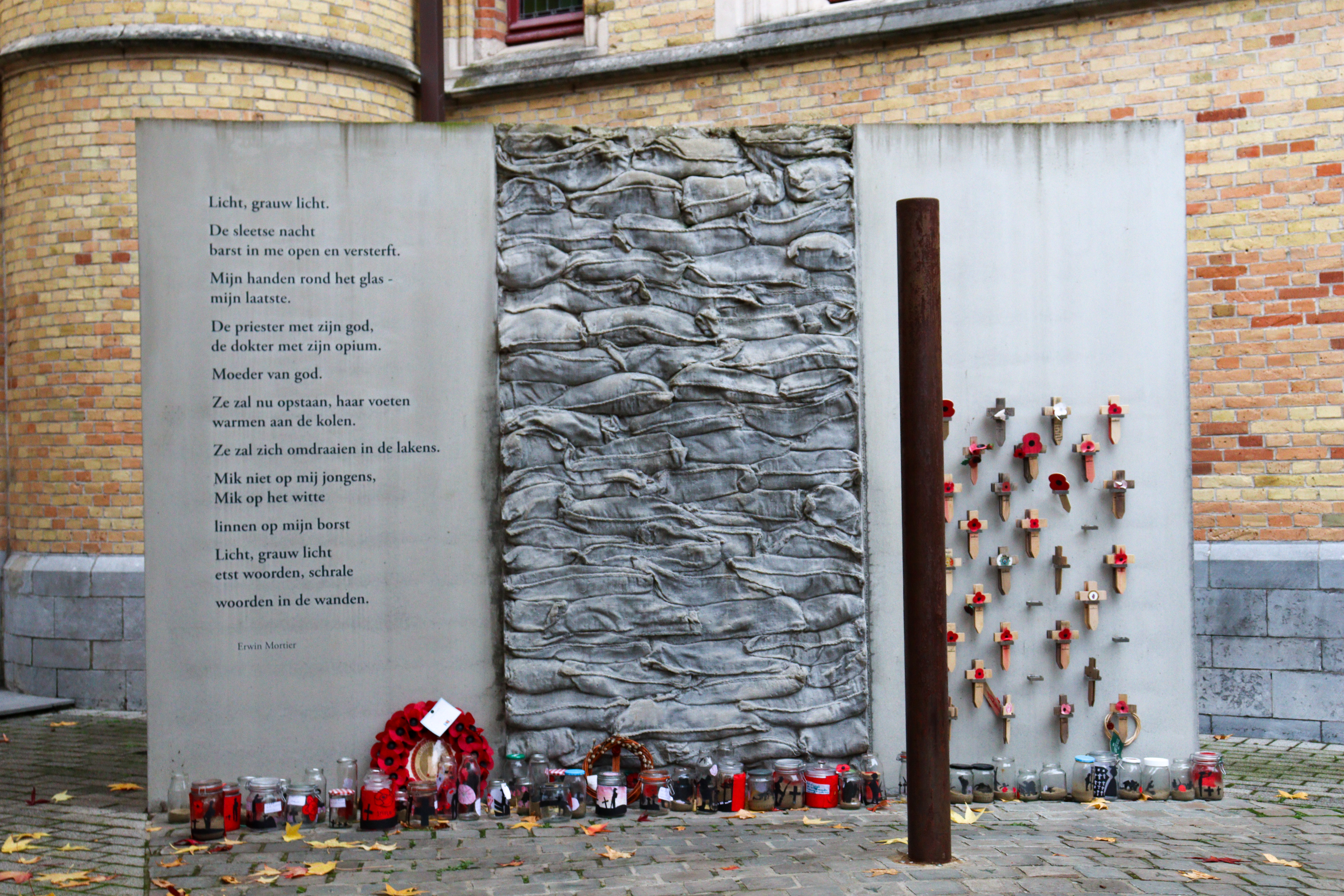
Outside, behind the cell is a memorial and a single post. The soldier would have been taken there at dawn and executed by a firing squad of 12 soldiers. They seemed to have marginally more concern for the mental wellbeing of these 12. They handed in their guns. Ten would be loaded with live ammunition but two would be loaded with blanks. Nobody knew who had which, so each soldier could believe that he didn't fire the fatal shot. I doubt that it really helped much.
My Thoughts
Without ever intending it to be this way, our first day summed up everything we discussed for the rest of our visit.
The cemetery left us trying to comprehend the sheer scale of death and sacrifice that World War 1 caused. Between 8.5 and 10 million soldiers died in this war. At the moment, we get daily news reports of deaths in the Middle East and in Ukraine, and each strike with its deaths is shocking. But this was on a whole different scale! I still can't process the number of young men that sacrificed their lives in the hope that we would have a better future.
Talbot House reinforced a thought I've had many times. No matter how dire and bleak a situation is, there is always somebody who rises to the challenge of bringing hope and love into the darkness. Tubby Clayton was one of these people. Surrounded by an utterly hopeless situation, he did everything he could to bring hope and comfort. What an amazing man!
The Execution Place highlighted an issue that I'm still grappling with. Soldiers knew that if they ran away in fear, they would be caught and shot. They also knew that if they didn't, they would most likely be killed on the battlefields. What a choice to be left with! The trauma of what they saw daily cannot even be imagined. Today, we have so many young people who are out of work because of mental health issues. I'm still trying to work out how these young people of 1914 to 1918 actually kept going. How did they face the conditions of the trenches each day? How did they cope with the cold, the wet, the mud, seeing their mates slaughtered and often having to leave them dying in Flanders Fields. It literally tears me apart to think about it. And then, for those that couldn't bear it any longer, they were shot by their own people. Incomprehensible!
